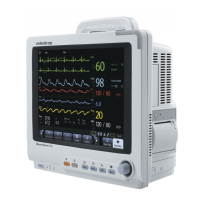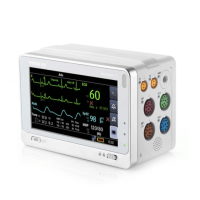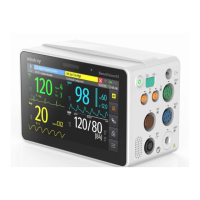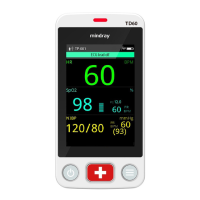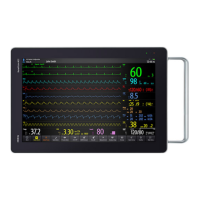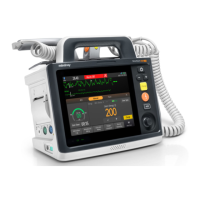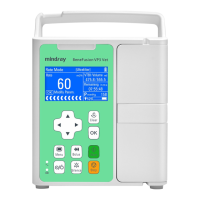8-27
8.11.5 12-lead ECG Report
The following is a sample of the12-lead ECG report with default configuration.
1. Patient information 2. Time of resting 12-lead ECG analysis
3. Measurements 4. Diagnosis statement
5. Waveform amplitude 6. Paper speed
7. Frequency range 8. System software version/algorithm version
1
2 3
4
5
6
7
8
